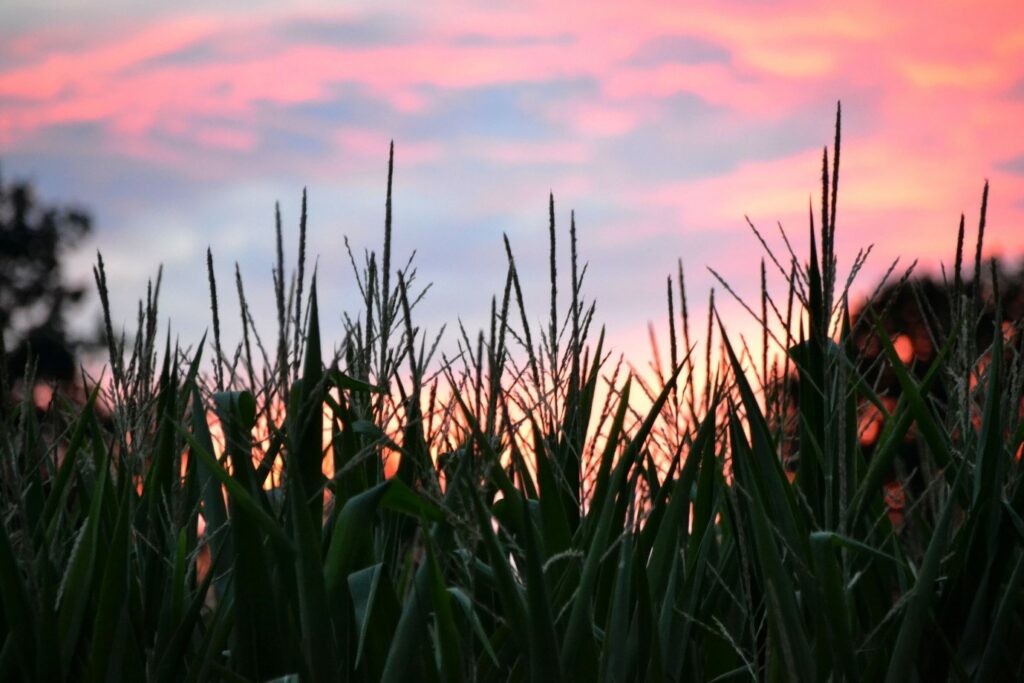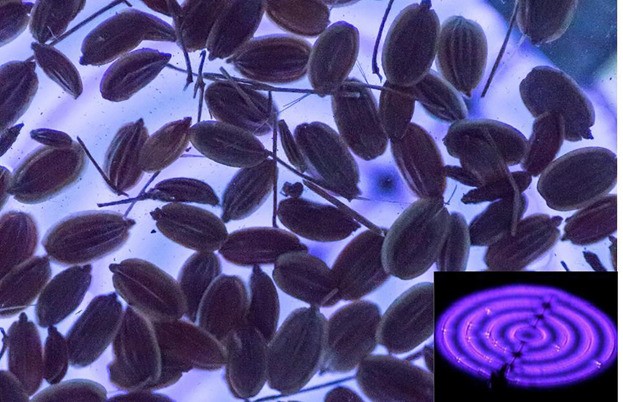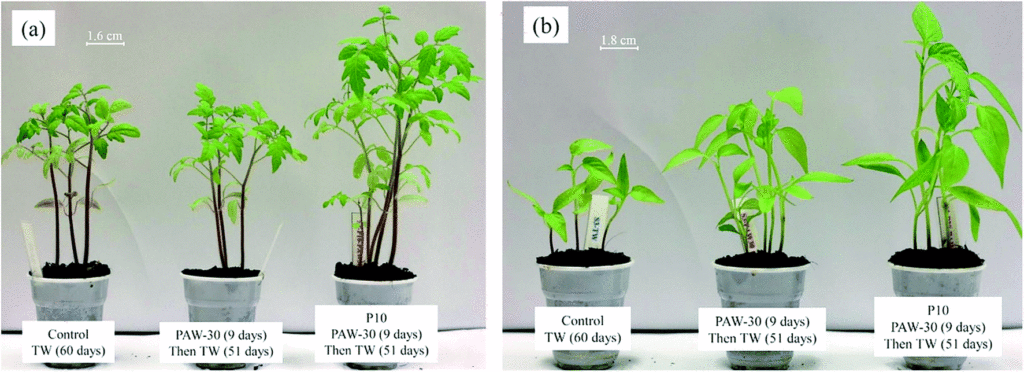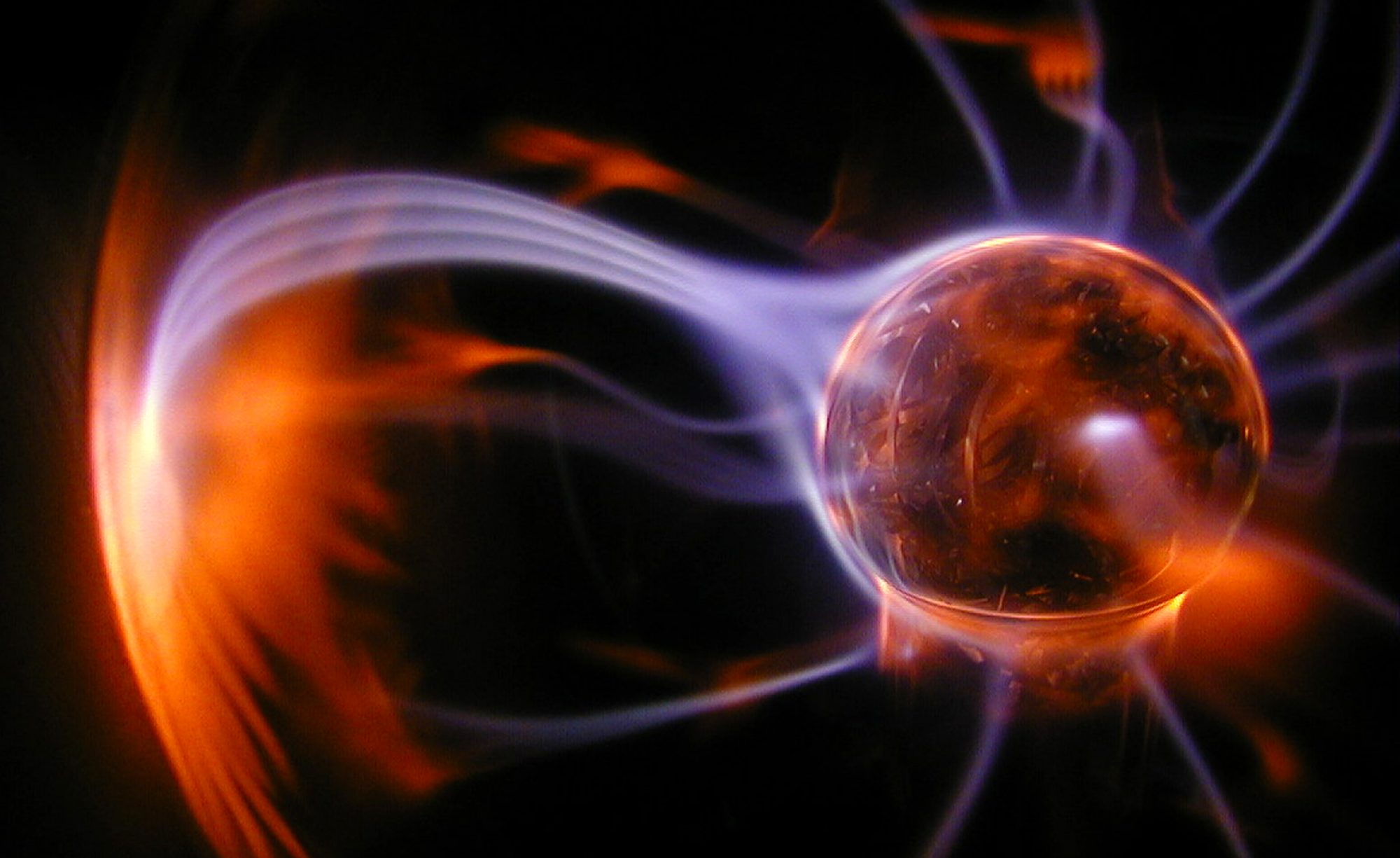I. Introduction

Nowadays, agriculture is facing numerous problems due to the continuous world population growth, the environmental pollution, and climate change. In particular, the global population growth leads to an increased food demand and climate change has caused significant reductions in crop yield. According to the United Nations Food and Agriculture Organization (FAO), the main reasons for the global food shortages would be climate change, fast development of industrialization and urbanization. Due to the lack of cultivable land, the only course of action to address the food shortage is to increase the crop yield in an economically viable way ensuring the quality of the agricultural products and the preservation of resources and habitats. The current situation calls for agricultural research to ensure food security while keeping detrimental effects of agriculture on the environment to a minimum.
By improving the seed germination and plant growth we could meet the world population food needs. Indeed, the major cause of low germination of seeds of various plant is often connected to the seed surface and soil contamination with microorganisms and fungi. Until now, conventional techniques such as irrigation, fertilization, and crop protection have been implemented in order to increase the production. However, these methods present economic and environmental disadvantages. Increasing agricultural productivity, taking into account protection of the environment, must therefore be addressed with novel approaches. One such approach is to use Low Temperature Plasmas (LTPs) in agriculture (“Plasma Agriculture”), whereby plasma can increase the yield without demanding more water and/or more chemicals.
LTPs are ionized gas containing charged species and neutrals, in different excited states, in strong non-equilibrium due to electromagnetic and/or collisional interactions. They can be generated in different gas mixtures using microwaves, radio frequency, continuous, pulsed, or alternative current in various configurations like dielectric barrier discharge (DBD), atmospheric pressure plasma jet (APPJ), and corona discharges. LTPs are non-equilibrium plasmas that have high kinetic energy electrons, but low kinetic energy atomic and molecular species. On the one hand, the terms “low temperature” refer to the electron temperature being in the range of electron volts which is high enough to produce a variety of reactive species and UV radiation. On the other hand, the heavy particles (ions, molecules) remain at low temperature which prevent LTPs from damaging organic materials.
In the White paper on the future of plasma science in environment, for gas conversion and agriculture2 Ronny Brandenburg et al showed how plasma technology including plasma agriculture can contribute to address the different challenges that our society is currently facing, namely, climate change, environmental pollution control, and resource utilization efficiency, as well as food security, sustainable agriculture, and water supply. A review3 by Nevena Puač et al reports the state‐of‐the‐art of LTPs applications in the complete food cycle, that is, in treatments of seeds, plants, and food. This work is an overview of the wide variety of applications of LTPs in agriculture and food processing and presents promising results published in many studies. Finally, Bhawana Adhikari et al4 summarized prior experimental studies showing the activation effects of cold atmospheric or low-pressure plasmas effects on seed germination, plant growth and development, and plant sustainability including flowering and fruit production.
II. Soil and plant treatment
A key parameter for productivity in agriculture is the remediation of soil. Indeed, an important issue is the overuse of chemicals used in agriculture for fertilization or plant protection from various insects and viruses. Plasmas could provide an alternative ecological and low‐cost technology for decontamination and modification of soil thanks to its radicals, being very reactive with less effects in the long term than conventional chemicals. The challenge in soil remediation is to enable a selective treatment to reduce fungi and detrimental bacteria while preserving or enhancing the activity of nitrogen‐fixing bacteria. In fact, plasma can meet these challenges and can as well protect from detrimental outcomes of continuous cropping. The effects of plasmas are moisture and soil material dependent.
Plant treatment is also a possibility and the earliest studies on the effects of electricity on plants date back to the XVIIIth century. Moreover, non-equilibrium atmospheric-pressure plasma sources have been applied to actual agricultural crops for the inactivation of microorganisms (disinfection) and some of these sources are reviewed in an article from Masafumi Ito et al5.
I. Plasma treated Water
The use of plasma‐activated water (PAW) rather than direct plasma treatment is, also, a possible approach. Generally, PAW is produced by arc or gliding arc discharge (usually in air) on water surface. It is widely agreed that the antimicrobial properties of PAW derive from the combined effect of a high positive oxidation reduction potential (presence of H2O2) and a low pH, affecting the seed germination and plant growth. Several studies showed that PAW captures atmospheric nitrogen and acts as a fertilizer with similar effects to a conventional one. Nitrogen, especially in the ionic form NO3−, is indispensable for plant growth. According to K Takaki et al6, PAW could double the nitrogen content in the leaves of plants, increase the leaf area and dry weight, and reduce the bacterial density by five orders of magnitude in hydroponic water. Indeed, the growth rate of the plants increased with the plasma irradiation time and the nitrate and nitrous nitrogen ions were produced by the application of plasma irradiation to the drainage water improving the plant growth rate. Finally, PAW is an environmentally friendly and cost-effective disinfectant. It was also suggested that the active species could be produced by the discharge in the liquid phase through photolysis by plasma emitted UV photons.
II. LTP in seed treatment
Low and atmospheric pressure plasmas such as DBDs, RF‐ and MW‐sustained plasmas, and gliding arcs under different conditions (mostly operating in air, but also in other gases) have been applied, either directly to the seeds or by remotely using the products of the gas discharge. The effects of plasma treatment in seeds are assumed to be induced by the plasma‐generated reactive oxygen and nitrogen species. The decontamination of seeds, e.g., the removal of pathogenic fungi, and bacteria as well as the insecticidal activity against larval and pupal stages of pests and the enhancement of their germination by treatment with nonthermal plasmas have been demonstrated in several studies. Plasma treatment can have a variety of effects on the morphology of seeds due to its complex interaction with organic materials and living cells.

Plasma treatment generates UV radiation, radicals and chemical reactions, which can play a role in dormancy breaking. Dormancy is the inhibition of germination under conditions (temperature, humidity, oxygen, and light) that are favorable to germination. It is a natural seed property enabling the species to reproduce and thus to survive. This can be caused by various factors such as temperature, light, water, impermeability of the seed coat, lack of supply and activity of enzymes and external inhibitors.
Another consequence of the plasma treatment is the modification of surface properties. The change of wetting properties and structure of the coat increases the water uptake and the permeability of nutrients, and it can accelerate the development of the roots. Many studies have suggested that a plasma-induced faster seed germination and increased seedling growth rates might be associated with the water uptake of seeds. Seeds in contact with cold plasmas are exposed to an attack by oxygen radicals and are bombarded by ions resulting in seed coat erosion. The altered seed coat could increase the hydrophilic ability of the seed and the oxidation of the seed surface changes its wettability eventually improving the water uptake of the seed. For instance, Jiang J. et al8 showed that cold helium plasma treatment, at atmospheric pressure, improved seed germination, growth, and yield of wheat. On the contrary, Volin J. et al9 reported that fluorocarbon plasma treatments at low pressure inhibited corn and bean seed germination. The most plausible explanation is the modification of seed coats via plasma-deposition of hydrophobic materials that reduces the water uptake, and thus leads to delayed seeds germination. The seed plasma treatment (exposure time, gas carrier, plasma input power, etc…) must be optimized for each type of seed.
III. Experiment on seed treatment and Plasma Activated Water
In their work Enhanced seed germination and plant growth by atmospheric pressure cold air plasma: combined effect of seed and water treatment10, L. Sivachandiran and A. Khacef studied the combined effect of non-thermal plasma treatment of water and seeds on the rate of germination and plants growth. For this purpose, they used a dielectric barrier discharge in air under atmospheric pressure, at room temperature.

As can be seen in Figure 3, the results show a positive effect of the seeds and water plasma treatment for tomato and pepper plants. We can note that in the case of untreated tomato seeds, there is no significant difference in plant growth when watered with Tap Water (TW) or Plasma Activated (30min) Water (PAW-30) whereas for untreated pepper seeds a significant growth is observed when watered with PAW-30 as compared to TW. Therefore, they concluded that the effect of plasma treatment of seeds and water on plant growth probably depends on the nature of the seeds. Finally, for longer exposure times of seeds and water to the plasma a detrimental effect was observed therefore the plasma treatment time must be optimized for each seed.
LTPs potentially offer novel ways to enhance seeds germination, plants growth, crop yields, to protect crops thus increasing the production with less impacts on the environment. The effects of cold atmospheric or low pressure plasma on plant growth, development, and sustainability have been verified by abundant experimental data. Indeed, many papers have reported promising results in this wide variety of applications. However, available experimental data are biased toward laboratory conditions and evidence for the applied usage of plasma in agricultural fields and facilities is still lacking. Besides, more information about the modes of plasma action on plant production and sustainability is necessary to optimize and upgrade the plasma systems and applications. For this purpose, collaborations between plasma research scientists, plant biologists, agricultural experts, and food technologists will be needed to clarify the key mechanisms underlying plasma‐agricultural applications, and with the aims to understand, control, and scale up these new processes.
This text was written by Chloé Fromentin
References:
1 Sunset over the corn field. [online]. Available at: [https://unsplash.com//][Accessed 27 January 2021].
2 Brandenburg, R., Bogaerts, A., Bongers, W., Fridman, A., Fridman, G., Locke, B., Miller, V., Reuter, S., Schiorlin, M., Verreycken, T. and Ostrikov, K., 2018. White paper on the future of plasma science in environment, for gas conversion and agriculture. Plasma Processes and Polymers, 16(1), p.1700238.
3 Puač, N., Gherardi, M. and Shiratani, M., 2017. Plasma agriculture: A rapidly emerging field. Plasma Processes and Polymers, 15(2), p.1700174.
4 Sivachandiran, L. and Khacef, A., 2017. Enhanced seed germination and plant growth by atmospheric pressure cold air plasma: combined effect of seed and water treatment. RSC Advances, 7(4), pp.1822-1832.
5 Masafumi Ito, Takayuki Ohta, and Masaru Hori, 2012. Plasma Agriculture. Journal of the Korean Physical Society, Vol. 60, No. 6, pp. 937∼943.
6 Takaki K., Takahata J., Watanabe S., Satta N., Yamada O., Fujio T., and Sasaki Y., 2013. Improvements in plant growth rate using underwater discharge. J. Phys.: Conf. Ser. 418 012140.
7 Schnabel U., Andrasch M., Stachowiak J., Weihe T., Ehlbeck J., Schlüter O., 2017. Non‐thermal atmospheric pressure plasmas for post‐harvest application of fruit and vegetable sanitation. [http://publicaciones.poscosecha.com/es/sanidad-vegetal/359-non-thermal-atmospheric-pressure-plasmas-for-post-harvest-application-of-fruit-and-vegetable-sanitation.html] (Accessed on 27 January 2021).
8 Jiang, J., He, X., Li, L., Li, J., Shao, H., Xu, Q., Ye, R. and Dong, Y., 2014. Effect of Cold Plasma Treatment on Seed Germination and Growth of Wheat. Plasma Science and Technology, 16(1), pp.54-58.
9 Volin, J. C., Denes, F. S., Young, R. A. & Park, S. M. T., 2000. Modification of seed germination performance through cold plasma chemistry technology. Crop Sci. 40, 1706–1718.
10 Bhawana Adhikari, Manish Adhikari, and Gyungsoon Park, 2020. The Effects of Plasma on Plant Growth, Development, and Sustainability. Appl. Sci., 10(17), 6045.

